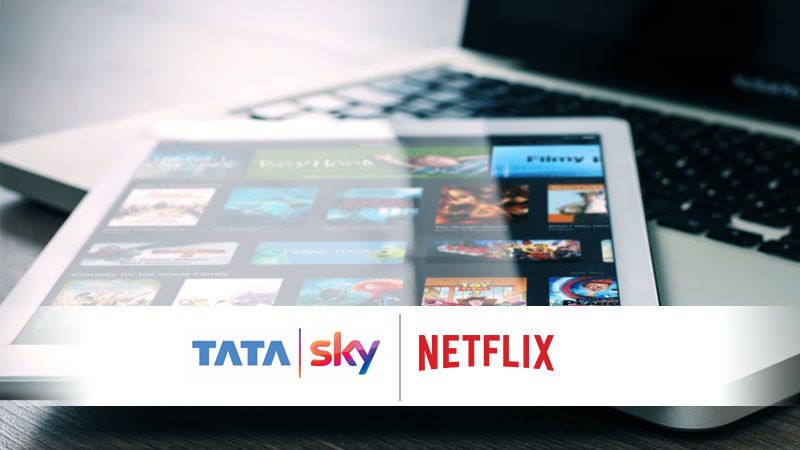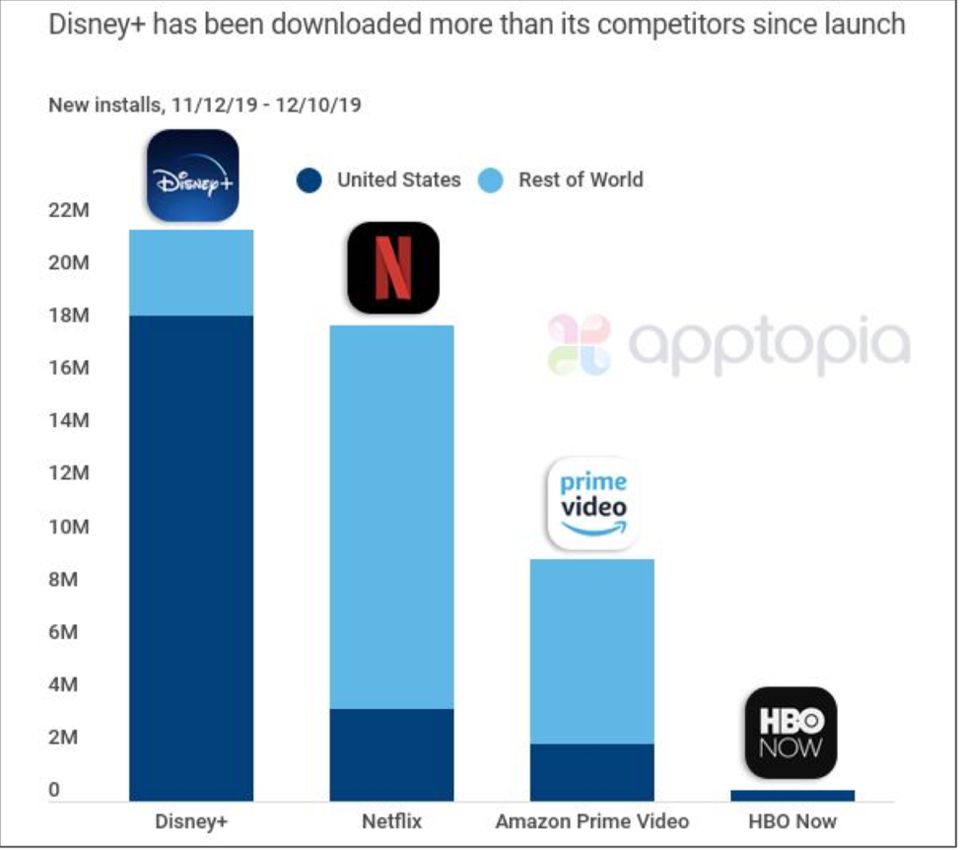By the end of 2025, the valuation of the AVOD market is expected to reach $ 87.1 billion.
Editor’s note: This article is from WeChat public account “German Foreign Number 5” (ID: dewaiwuhao) .
Source | videonet, IHS Markit, marketingdive
Author John Moulding, Sarah Henschel, Dianna Christie
Compilation Wang Yao
The TV ’s original monetization model was to allow users to watch video content for free, but it required them to spend time watching ads. This model has brought a lot of targeted advertising opportunities.
The latest research data from the world-renowned consulting agency IHS Markit (now part of Informa Tech) shows that more advertising-based video on demand (AVOD) services will appear in 2020. The study also showed that, with the lucrative return on profits, media giants with a broad fan base and exclusive content sources are eager to increase their streaming business.
Ampere Analysis also claims that with the continuous promotion of the free advertising model around the world and the continuous expansion of its market size, 2020 will be the year of AVOD. Is the golden age of AVOD really coming?
The golden age of AVOD is coming?
According to the latest data of the “AVOD2019 National (National) Market Report”, the launch of AVOD services and the innovation of advertising technology have driven online video advertising to achieve substantial growth. From 2018 to 2023, online video advertising will continue to climb at a compound annual growth rate of 11%. It is estimated that by 2023, US online video advertising revenue will reach $ 27 billion.
Before 2023, Facebook and YouTube will continue to lead, Hulu, Roku and Tubi will follow closely behind, but it is very likely to overturn the former hegemony in the future According to a recent report by Fortune Business Watch, the valuation of the AVOD market is expected to reach $ 87.1 billion by the end of 2025.

Note: From 2018 to 2023, US online video advertising revenue forecast (Source: Informa Tech)
Sarah Henschel, senior media analyst at IHS Markit, said: “The golden age of AVOD is coming. This is a great opportunity for platform service providers, new AVOD entrants and content companies. “Of course, the winning or losing of the AVOD industry will depend not only on the quality of the media content, but also on the data strategy and user acquisition patterns.
At present, other factors that promote the expansion of the global video-on-demand market cannot be ignored, such as the continued sinking of users on online platforms and cheaper network data packages. In addition, compared with ten years ago, the potential of the digital advertising market behind AVOD is still huge, and the advertising infrastructure is constantly improving. Although the industry competition is intensifying, there are still plenty of opportunities for new entrants to take a share of the growing AVOD “cake”.
In 2019, AOL’s interest in AVOD was reignited, mainly because the video subscription model is maturing. But at the same time they are also worried that OTT services are currently competing too intensely and consumers are spending only limited funds on video platforms. This market environment has prompted more and more content providers to choose to have direct contact with consumers, which has stimulated the growth of the AVOD market to a certain extent. Those online video companies that want to make money through advertising now have a more complicated problem to face. They not only provide stable advertising sales technology and effective data analysis strategies, but also meet users’ more convenient acquisition needs.
Large media compete for AVOD market
The increasing demand for instant entertainment entertainment from users will become an important force to promote the development of the global video on demand market in the future. “With the launch of high-end video services such as HBO Max and Apple TV +, AVOD services can continue to benefit from cable services and will effectively complement existing paid services,” said Kia Ling Teoh, senior research analyst for TV media at IHS Markit. . In addition, the AVOD platform can also cooperate with equipment manufacturers, etc. to increase user usage. “

Note: Netflix and DTH service in IndiaProvider Tata Sky Cooperation (Source: socialsamosa)
AVOD companies need to obtain the legal authorization of the content owner and make profits mainly through advertising. For example, Netflix has established a partnership with Indian DTH service provider Tata Sky. According to the contract, Tata Sky users can receive high-quality video content worldwide. Netflix can also use the power of local companies to explore the Indian market.
Large media need to grasp the current moment, including testing whether a certain vertical content is feasible on the AVOD platform, and assessing the profit potential of certain types of products in the entire AVOD industry. For example, NBC Universal’s “Peacock Studio” directly adopts a mixed business model of SVOD and AVOD. Many analysts believe that the future growth potential of “Peacock Studio” is huge. For small content creators and brands, the rebirth of AVOD provides them with the opportunity to build a linear channel. Compared with signing a transaction license with a streaming giant, this method allows content providers to better control the programming of content. Ways and consumer usage patterns.
According to data from application research company Apptopia, as a new entrant in the AVOD field, Disney + launched 22 million global downloads in the first month. The report also states that Disney + has 9.5 million daily active users and generated $ 20 million in revenue. The strong growth of Disney + also shows that the widespread use of smartphones and mobile devices is an important support for the growth of video consumption.

Note: Disney + first downloaded about 22 million times in the first month (Source: Apptopia)
AVOD’s “two wings”: video on demand and advertising
The widespread use of smartphones and tablets has not only led to the expansion of the target user group for video on demand, but also improved access to AVOD services. At first, providers only provided users with video-on-demand services through websites. Now developing mobile applications that can transmit videos has become a new trend, greatly simplifying the user payment process.
As users consume video content, providers also collect consumers ’personal information usage status to retain them through targeted advertising. Therefore, more and more people use AVOD services through mobile devices. It can be said that mobile applications have become advertisers expanding their